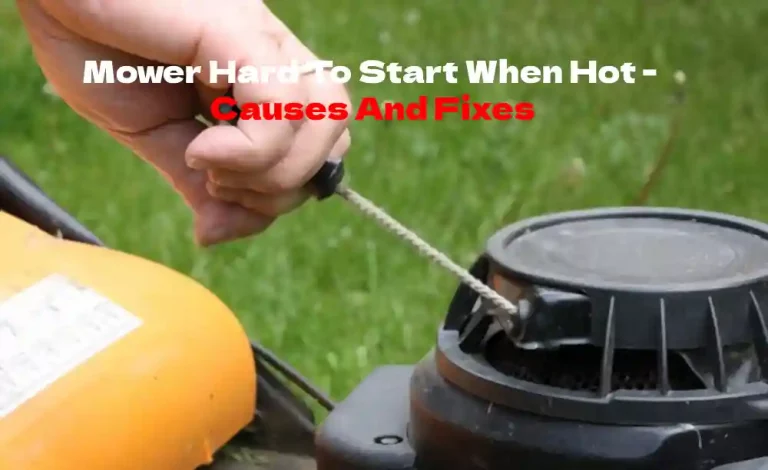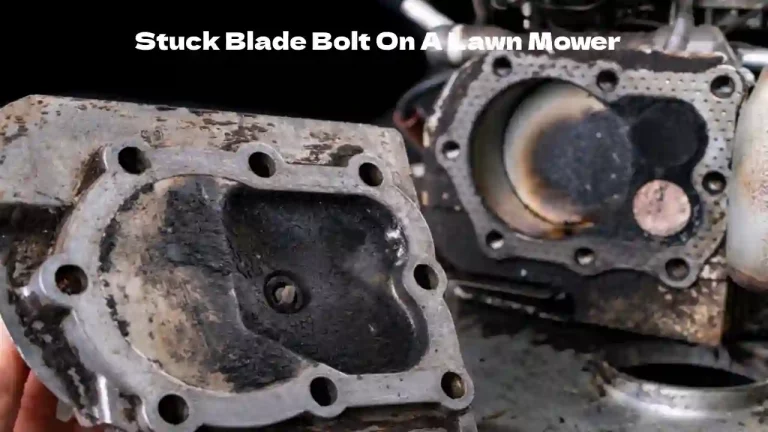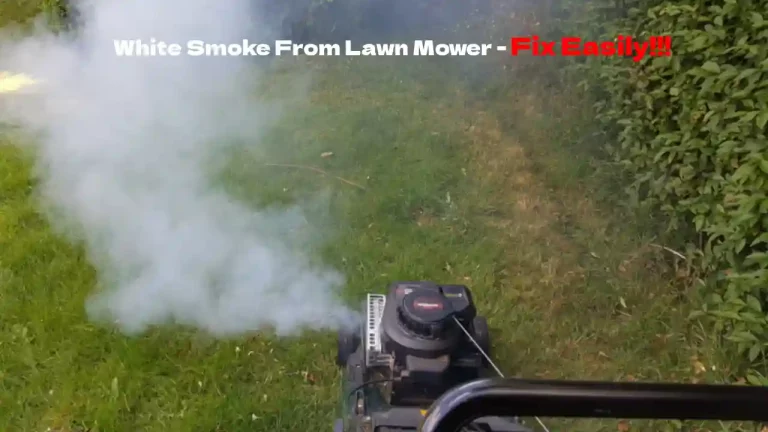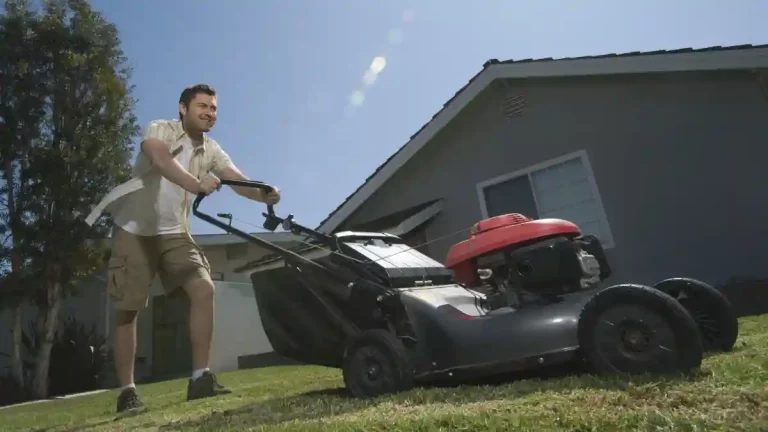Assuming a lawnmower blade is 22 inches in diameter and spins at 3,000 revs per minute, the blade’s tip, which is separated from your feet by a thin piece of metal, travels 200 mph. With the forces this speed imposes on the lawnmower, ensuring you have the correct blade fitted is worthwhile.
Lawnmower blades are not universal, and even though some suppliers offer blades of this type, fitting them involves certain compromises. If the lawnmower’s blade has deteriorated to the point where it needs replacing, it is preferable to purchase one which meets the manufactures specific requirements.
Lawnmower blades come with three measurements unique to the make and model of the lawnmower. These are the blade diameter, center hole diameter, and the position and diameter of the blade locating hole.
Lawnmower Blades Are Not Universal
While it is possible to purchase blades advertised as being universal, you should only fit your lawnmower with blades authorized or produced by the respective manufacturer.
Each lawnmower’s blades differ in length due to the cut range of the machine.
The connector hole in which the blade fits over the lawnmower spindle varies by manufacturer.
To overcome this, blades advertised as universal will include several adaptor parts to make them fit properly. These are natural weak points and should be avoided as far as possible.
In addition, the shear pin locating holes are often enlarged to cater to different lawnmower models. If this is the situation, a universal blade will have more movement than the manufacturer permitted.
It is recommended that the mower blade must be a precise fit and that it is fitted and torqued to the manufacturer’s specification.
How Do You Ensure The Correct Blade Is Ordered?
As discussed above, ordering the correct manufacturer-approved lawnmower blade is important.
Identifying the correct blade part number is not difficult.
The part number and description are specified in the owner/operating manual and on the chassis of the machine.
If the label has become indistinct or worn off, other ways are to find the part number.
- The part number is generally embossed on the blade.
- You can search the internet, querying the lawnmower make and model, and from this, you should be able to find the requisite part numbers.
- If you can work out the blade’s dimensions, it can be ordered by size.
- Take the used blade into the lawnmower shop and ask them to identify the correct replacement.
Within the identifying process, you need to determine whether the blade is a “Lift blade” or a “mulching blade.”
What Are Mulching Blades?
Mulching blades are shaped to return the grass cuttings to the ground surface instead of being blown into the grass catcher. The purpose of mulching blades is to cut the grass clippings into fine pieces that fall easily to the soil surface.
At this point, they are small enough to be rapidly broken down by soil microorganisms. This process is supposed to release nutrient material back into the soil.
A mulching blade is often referred to as a three-in-one blade because it is supposed to cut, mulch, and blow the remaining grass cuttings into the grass catcher.
Mulching blades are of no use when the grass is too long or wet.
Most mulching blades are not pure mulchers but are a composite between a lifting blade and a mulching blade.
Changing your lawnmower from a mulching device to a lift blade will eliminate clogging, clumping, and half-filled grass bags.
A mulching blade will typically have shorter wings and a longer cutting edge. The cutting edge will also be curved.
What Are Lift Blades?
A lift blade is shaped to create enough rotor airflow to keep the grass cuttings in the air and blow them into the grass catcher. The lift blade is often referred to as a two-in-one blade because it cuts and lifts the cuttings into the grass catcher.
They generally do a good job, and the final result is a clean lawn with no unsightly piles of grass.
A lift blade will generally have large wings and a shorter cutting edge.
Measuring The Lawnmower Blade
If you cannot identify the lawnmower blade, you will need to measure it to find out the correct replacement size.
The Length Of The Blade
Measure the length of the blade from tip to tip.
The Diameter Of The Centre Bolt Hole
Using a vernier caliper, accurately measure the center hole’s diameter in the blade.
The Position Of The Locating Hole
You must accurately measure the distance between the center bolt hole and the shear pin locating holes.
You must measure these holes accurately because if you try to fit the blade with a shear pin locating holes in the wrong position, the blade will not work.
It is another reason why a universal blade is not a great idea because generally, the holes are enlarged or don’t exist.
Problems To Avoid
There are common mistakes that lawnmower owners make, which can be easily avoided. These include.
Fitting The Incorrect Blade
If you fit the wrong blade, the consequences will range from an ineffective cut-through to damage to your lawnmower.
Fitting A Blade With An Incorrectly Sized Centre Hole
If you purchase a universal blade, the center fitting hole may be too large.
While universal blades often have spacers to assist with the fit, if there is any play between the sides of the hole and the pinion, the blade will not rotate in a pure circle and will be off-balance.
While this will cause excessive vibration if the lawnmower is continuously used in this condition, it will ultimately cause the bearing that supports the pinion to wear and eventually fail.
Fitting The Blade, The Wrong Way Up
Before you remove the existing lawnmower blade, it is recommended that you take a cell phone image of it, which can remind you of the correct way up.
Remember, the wings at the end of the blade must always point up. If they don’t, it will compromise the effectiveness, and the wings will gouge deep grooves into the grass as you cut.
Tightening The Blade To The Wrong Torque Setting
Don’t overtighten the blade. While this statement may seem strange, you want to allow a little flex so the spinning blade can hit hard objects (to be avoided if possible) and not damage the engine.
Tilt The Lawnmower To The Correct Side
Make sure you tilt the lawnmower to the side opposite the air filter.
If you turn it over to the wrong side, the oil may leak, fill it up, and even enter the piston chamber.
Symptoms of Wrong, Damaged or Badly Fitted Mower Blade
The symptoms of wrong damaged or badly fitted mower blade are-
- Gas pouring out
- Leaking oil
- The mower is very difficult to start
- White smoke pours out of the exhaust when it starts.
- High Vibration
- Knocking Noise
Conclusion
It is not a good idea to fit a universal blade to a lawnmower. While some universal blades may fit perfectly, most will require a spacer installed in the mounting hole. A lawnmower-specific blade is more suitable with the very fast speeds the blade turns and the imposed forces.
While not requiring the services of a rocket scientist to fit a correct blade to a lawnmower, it is important to ensure that the purchased blade falls within the manufacturer’s specifications and that the measurements are accurate.

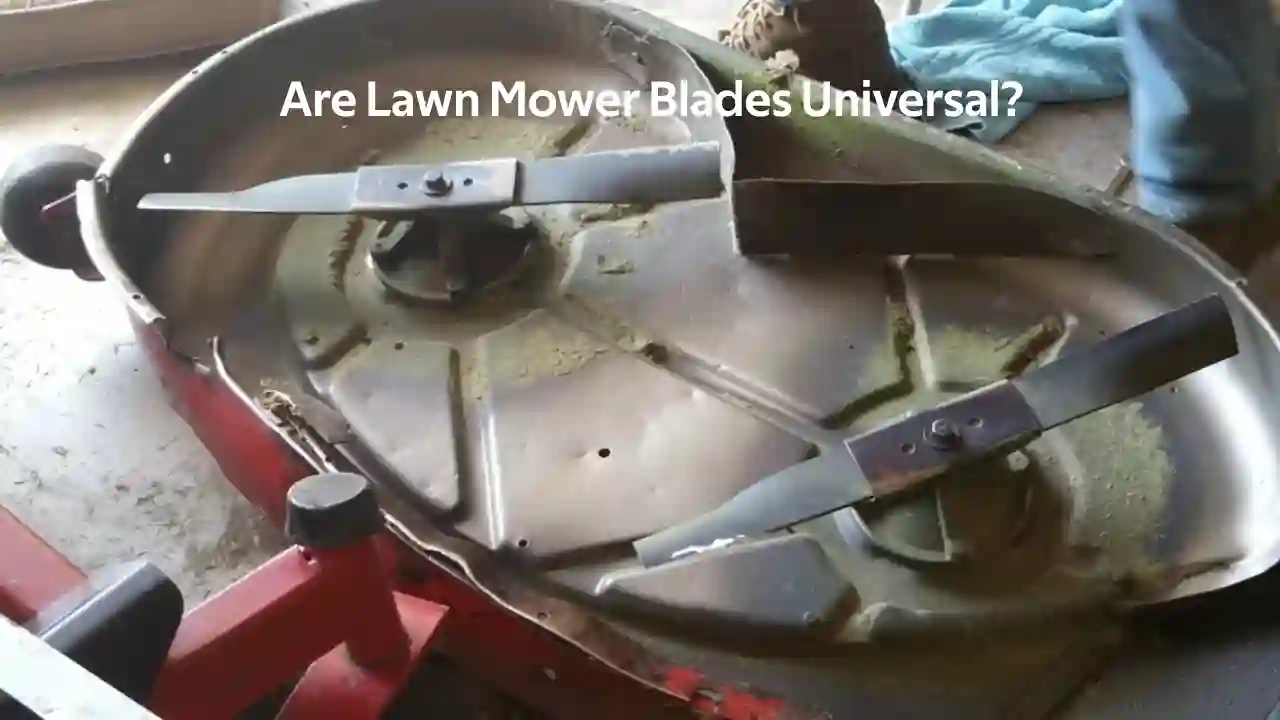
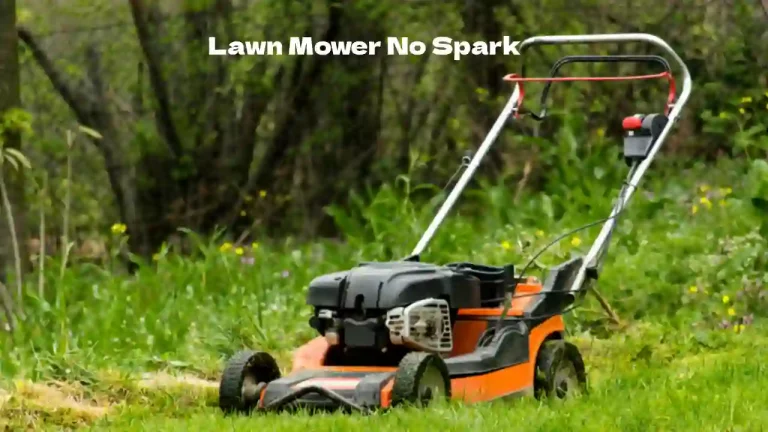
![Which Way To Tilt A Lawn Mower? [Don’t Do This]](https://howtl.com/wp-content/uploads/2022/04/which-way-to-tilt-lawn-mower-768x432.webp)
